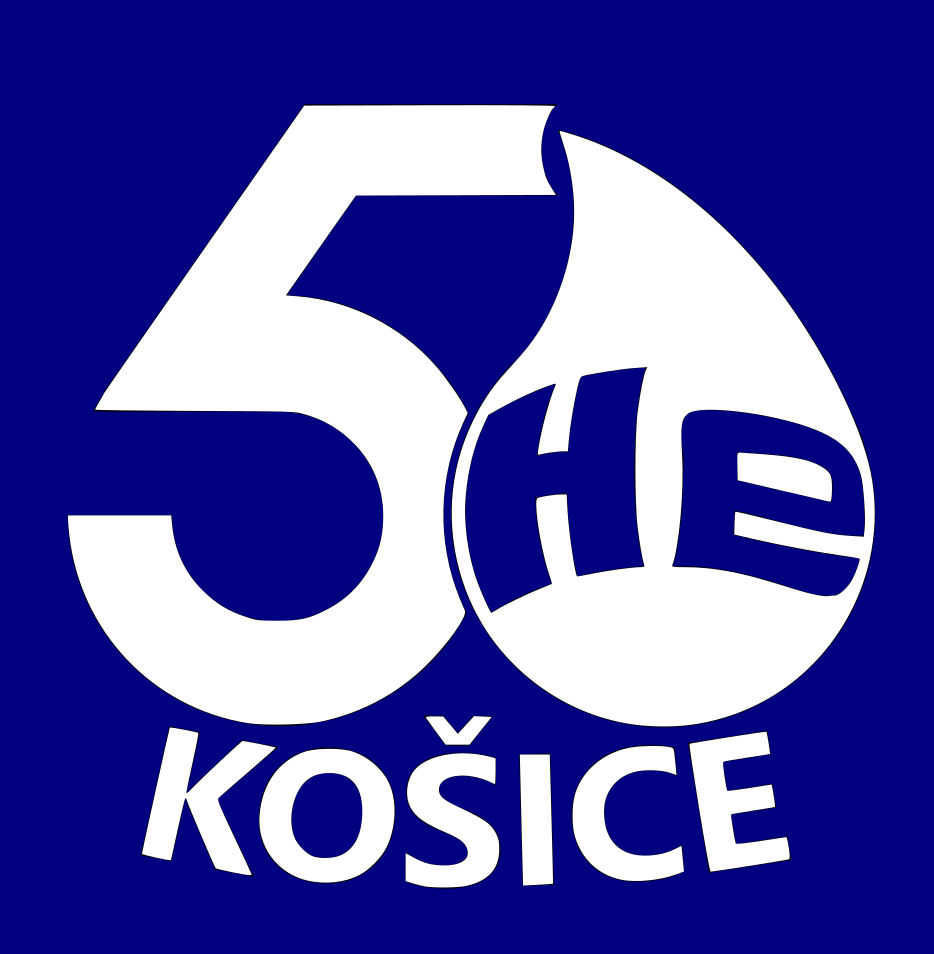First drop of Helium – 50 years of low temperatures in Košice

Shortly after establishment of Faculty of Science at the University of P.J. Šafárik, first dean prof. Vladimír Hajko suggested that research at the faculty should focus on materials and their behavior at low and extremely low temperatures. Research close to the Absolute zero (-273.15 degrees Celsius) required construction of complex experimental setup. The most fundamental device of the newly formed low temperature laboratory became helium liquifier ZH4 (made in Czechoslovakia), put into trial operation at the end of the year 1968. Official launch of the device took place on January 24, 1969 in the presence of former Minister of Education and former rector of UPJŠ prof. Vladimír Hajko. In 2014, low temperature laboratory became foundation of Centre of Low Temperature Physics, joint workplace of Faculty of Science, UPJŠ and Institute of Experimental Physics, SAS.
On April 26, 2019, members of the Centre and their former colleagues commemorated the 50 years of research in the field of low temperatures at plenary session “First drop of Helium in Košice”. This event was also attended by Ing. Štefan Jánoš, emeritus professor of University of Bern and one of the first researchers at the low temperature laboratory.
Helium becomes liquid at 4.2K (Kelvin) – 4.2 degrees above Absolute zero – which is still too “warm” for low temperature physicists. Therefore the laboratory has been equipped by professional and “homemade” devices which allowed to reach even lower temperatures than 4.2K. Lowest temperature of 1.46K was achieved already in 1969 and in 1971, this value was reduced to 0.426K. Submilikelvin temperatures were achieved only after implementation of unique device utilizing adiabatic nuclear demagnetization process, constructed by team led by prof. Alexander Feher. Interestingly, this apparatus will forever hold a curious record for a lowest temperature ever achieved at Czechoslovak laboratories: at the end of 1992, physicists of the low temperature laboratory managed to cool superfluid helium to just 300 microkelvin (300 millionths of degrees Kelvin). Soon after on January 1, 1993, Czechoslovakia split into two independent countries. Lowest temperature ever achieved in this laboratory is 50 microkelvin.
It needs to be emphasized that achieving of even lower temperatures is not primary goal of low temperature research activities. Cooling of the samples suppresses thermal motion of their electrons and/or molecules which helps to observe physical phenomenons occurring at the subatomic level. In other words, lowering the temperature allows us to see processes happening in micro- and nanoworld more clearly. Superconductivity and superfluidity have become one of the most important discoveries of low temperature research. Properties of superfluid Helium-3 at temperatures below 1 milikelvin can give us better insight on development of the Universe shortly after the Big Bang.
Recently, Centre of Low Temperature Physics became part of European Microkelvin Platform (EMP, Horizont 2020), representing top European research and development infrastructure in the field of low temperature physics and extremely sensitive measurement techniques. Its main focus lies on quantum technologies and quantum materials. Foundation of the EMP consists of eight elite European academic institutions, including the Centre of Low Temperature Physics.
This text has originally been published on April 24, 2019.
 Contact
Contact Intranet
Intranet SK
SK






